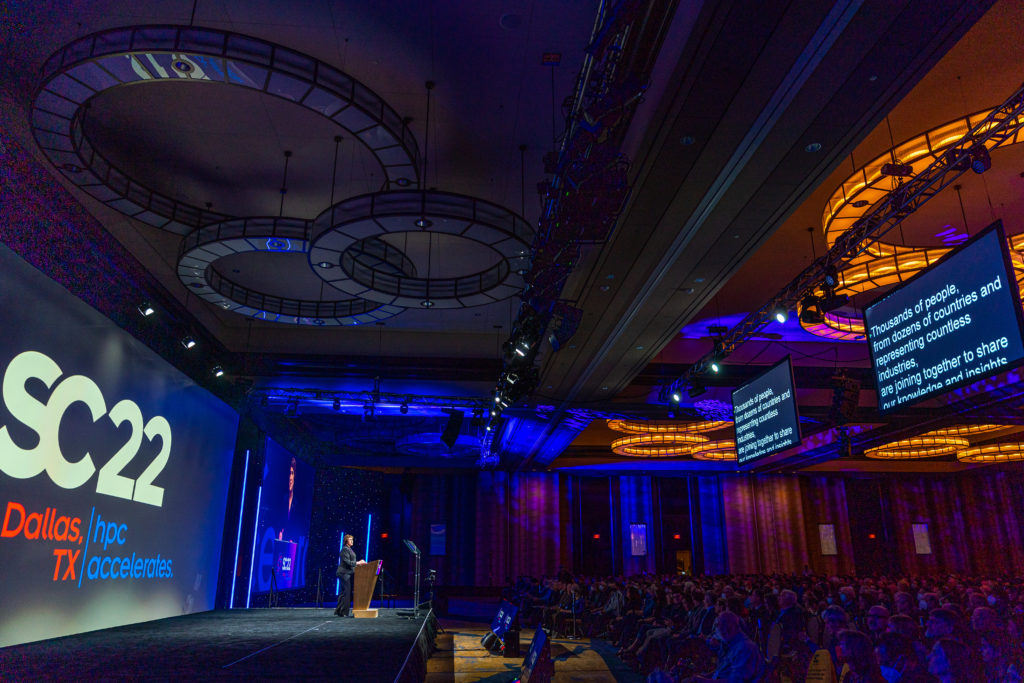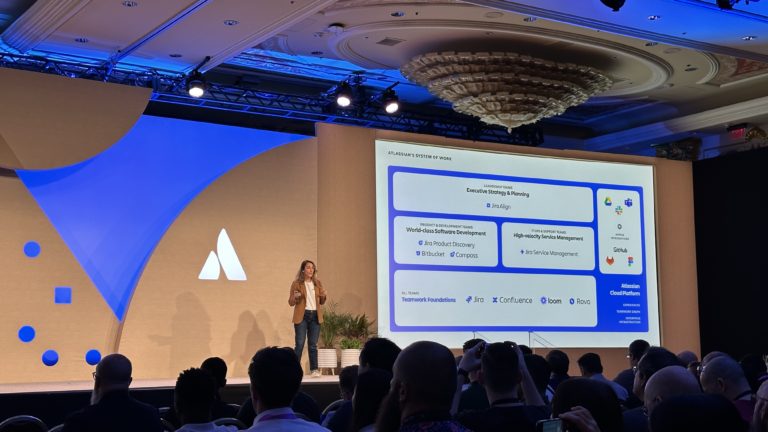Can High Performance Computing in the cloud help us understand more about the sun?

In November, the Supercomputing 2022 (SC2022) conference took place in Dallas. The conference dealt with High Performance Computing (HPC), and among the 12,000 participants were the world’s tech giants, large research environments – and Computas.
HPC is a term for the use of supercomputers that provide higher performance and computing power than you get from a normal computer by using many computers at the same time. Many research projects require access to this type of machine and networking with low latency in order to perform heavy calculations, simulations and larger data analyzes with a lot of storage. These can be large and complex jobs that a human or an ordinary computer does not have the capacity to carry out over the course of millions of years.
When astrophysicists meet the sharpest minds at Googlele
From Computas, chief engineer Hans-Karim Tellum-Djarraya participated. He usually works as a business developer and customer manager for research environments that use Google Cloud. For many of these customers, HPC in combination with cloud technology opens the doors to very exciting research projects.
We had booked a number of meetings between Google’s international expertise in the field and our customers and partners who attended the conference. The meetings were very useful and inspiring for all parties, Tellum-Djarraya says.
According to Tellum-Djarraya, Google had dedicated its best resources to the meetings and the customer was highly prepared and enthusiastic. Together they worked their way through all key aspects of running HPC in the cloud.
Among those who took part in these meetings was the astrophysics community at the University of Oslo, which carries out perhaps the most extreme HPC work in Norway. Among other things, they conduct research on solar physics and solar simulations, are world leaders in the field and largely use message-intensive HPC for running calculations.
– It’s big and complex and a lot of it is based on code with a long life cycle, so I was excited to see what we would get out of the meeting. The central question was how well the public cloud would suit these issues, says Tellum-Djarraya.
However, the conclusion from these conversations was that Google Cloud will probably be well suited to assist the astrophysicists in achieving their dream of simulating the entire sun. This is work that is ongoing and which has so far been partially solved, but which requires such a large-scale computational power that it has so far been difficult to conduct a full simulation.
One of the meeting’s participants was Kevin Kissel, Technical Director for HPC and Quantum at Google.
– Advanced computational techniques augment observational sciences such as astronomy in many surprising ways, providing insights that would otherwise have required unrealistically large or sensitive instruments. The Oslo team’s approach to computational solar physics strikes me as original, ambitious and very promising, says Kissel.
Meaningful meetings
Computas’ representative returned home from the USA with memories of many useful meetings and inspiration.
– The week in Dallas gave strong indications that it will be very exciting to see how HPC in the cloud can help accelerate future research. Whether it’s about understanding more about the sun, climate challenges and other research projects that hit the UN’s sustainability goals directly. It feels really meaningful to be involved in something like this, he concludes.
Want to know more?
Please fill out our contact form



